
Teaching and learning resources for the construction industry with NVQ and Diploma Assessment Criteria
Project Management is the art of delivering a scope at a certain level of quality with a defined budget and during a determined schedule.
Successful project delivery can be achieved only with good project management practices.
In case of wrong project management practice implications, there will be severe consequences of poor project management.
There are five fundamental consequences of poor project management:
Here’s an example of not carrying out proper project surveys and associated paperwork, can you spot the hazards in the photographs which should have been dealt with before the main contractors entered the site?
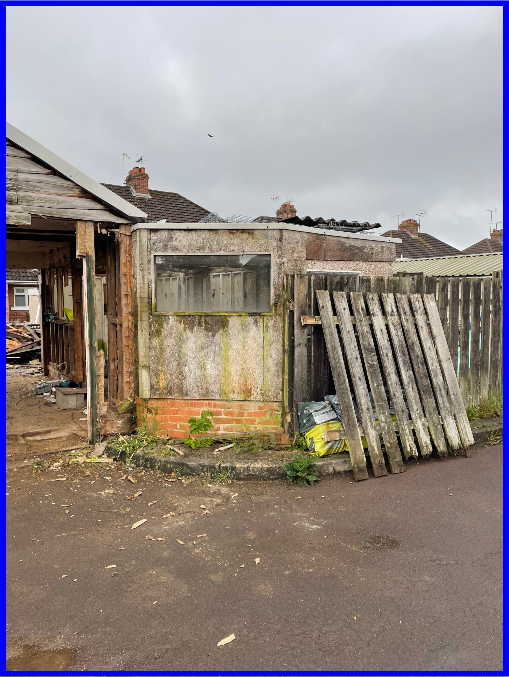
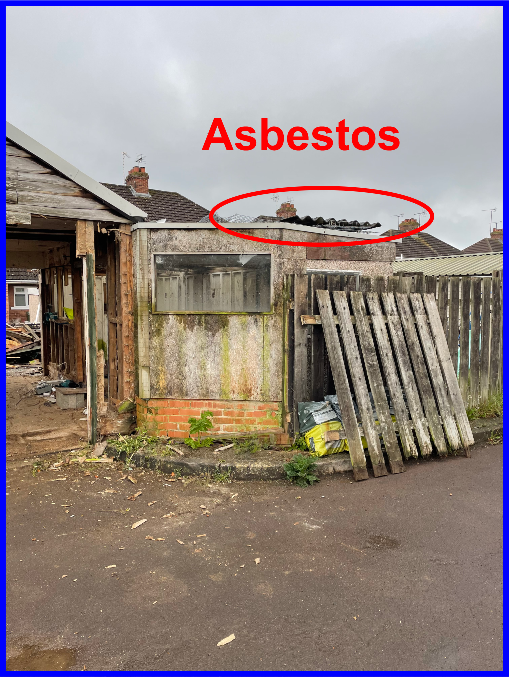
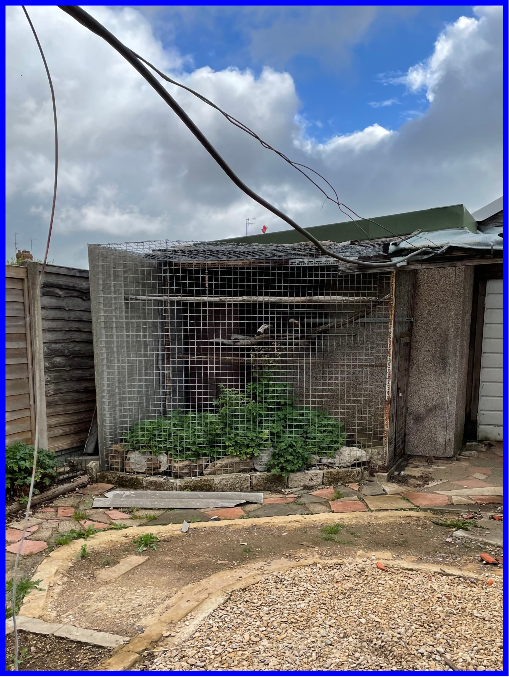
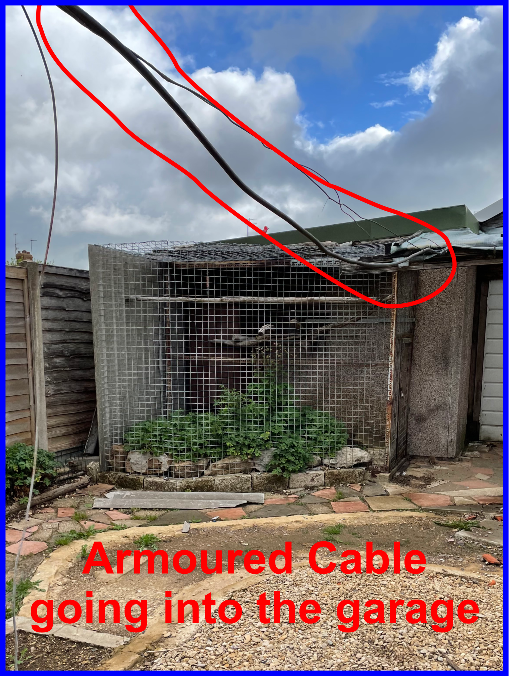
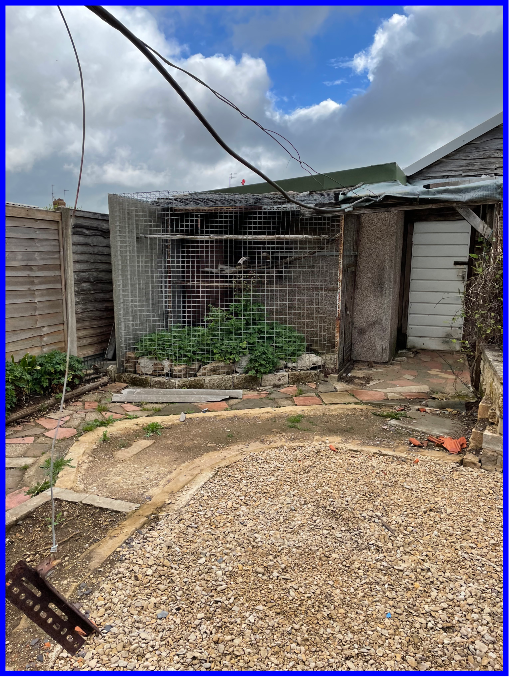
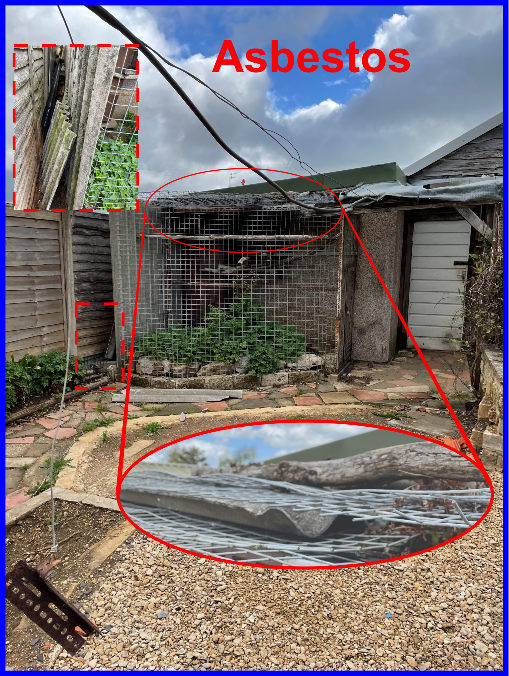
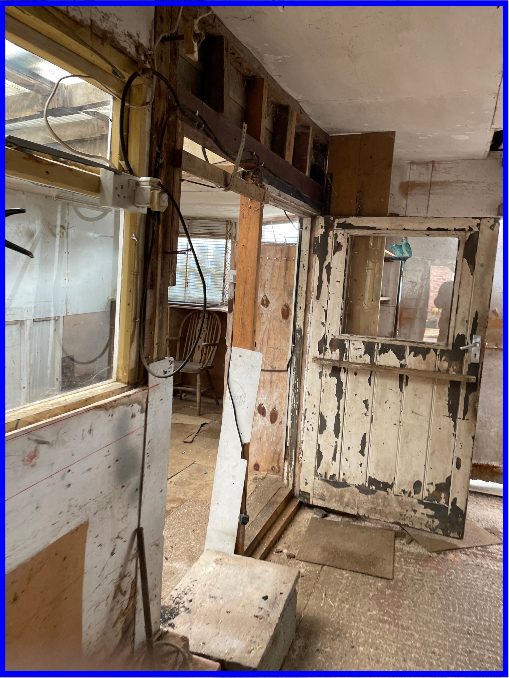
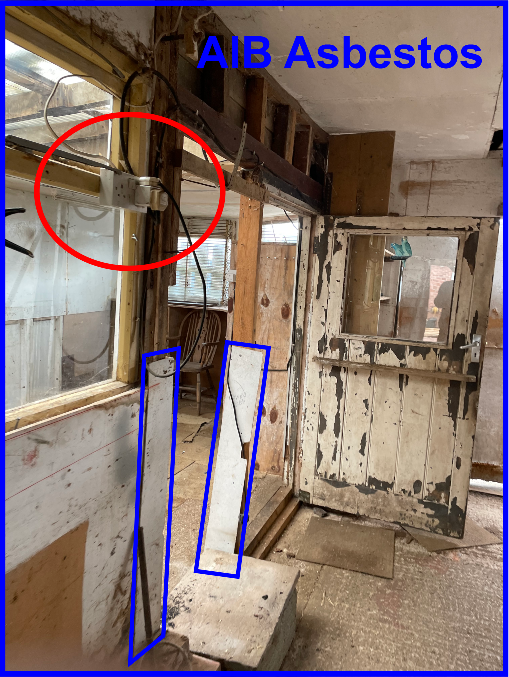
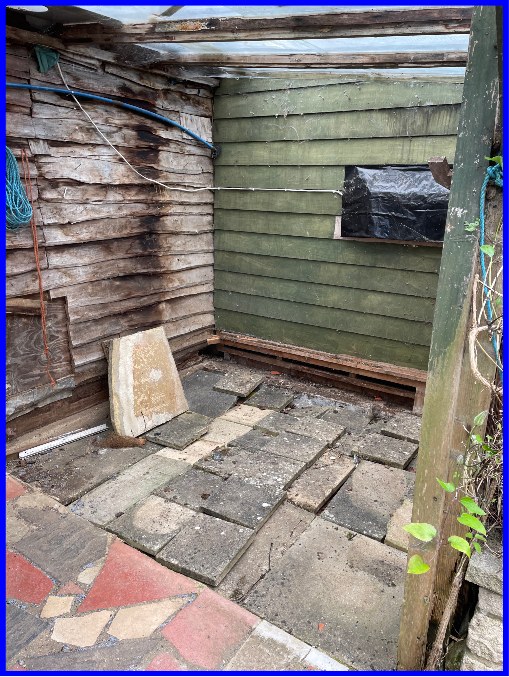
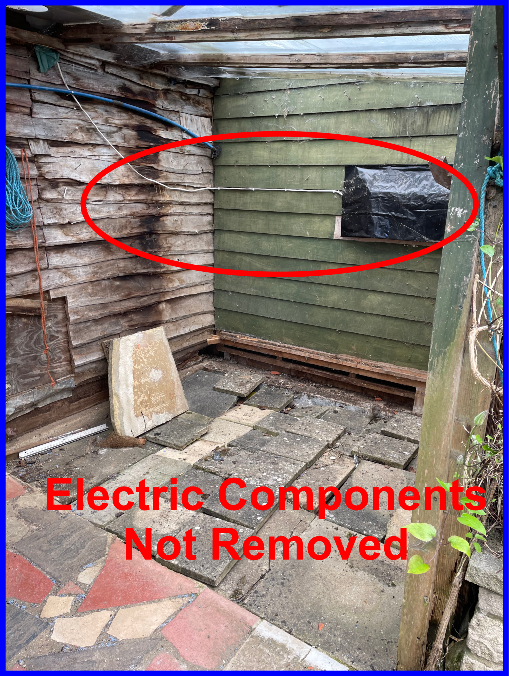
This is an actual project which went severely wrong because of poor project management practices or which we commonly call the 6P`s principle.
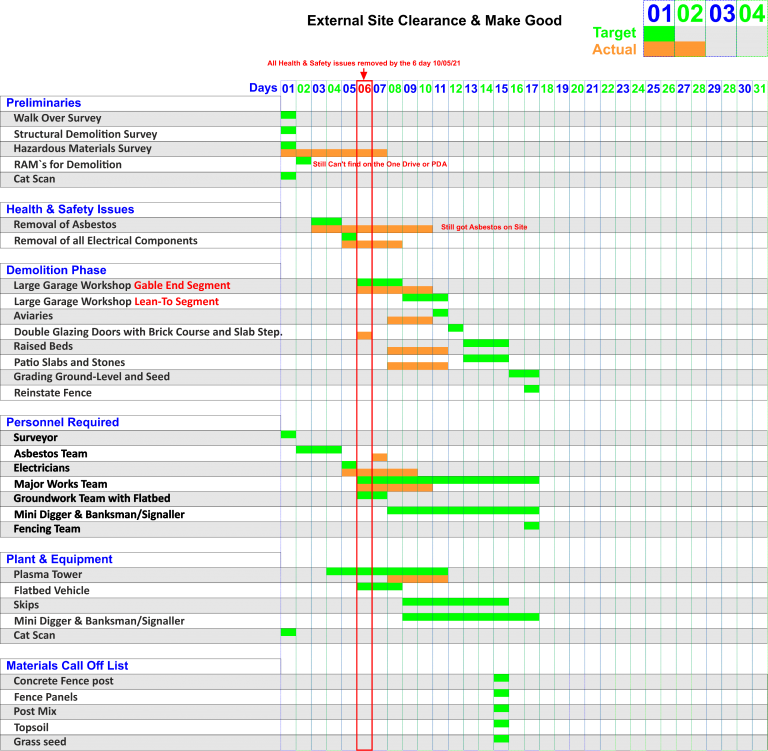
Programme of Works
6P Rule (aka Prior Proper Planning Prevents Poor Performance) is one of the rules that will help you improve your time management skills.
6P rule implies that a prior proper planning before taking action prevents poor performance.
This means before you take action, spare your time to make a plan on how to manage your task.
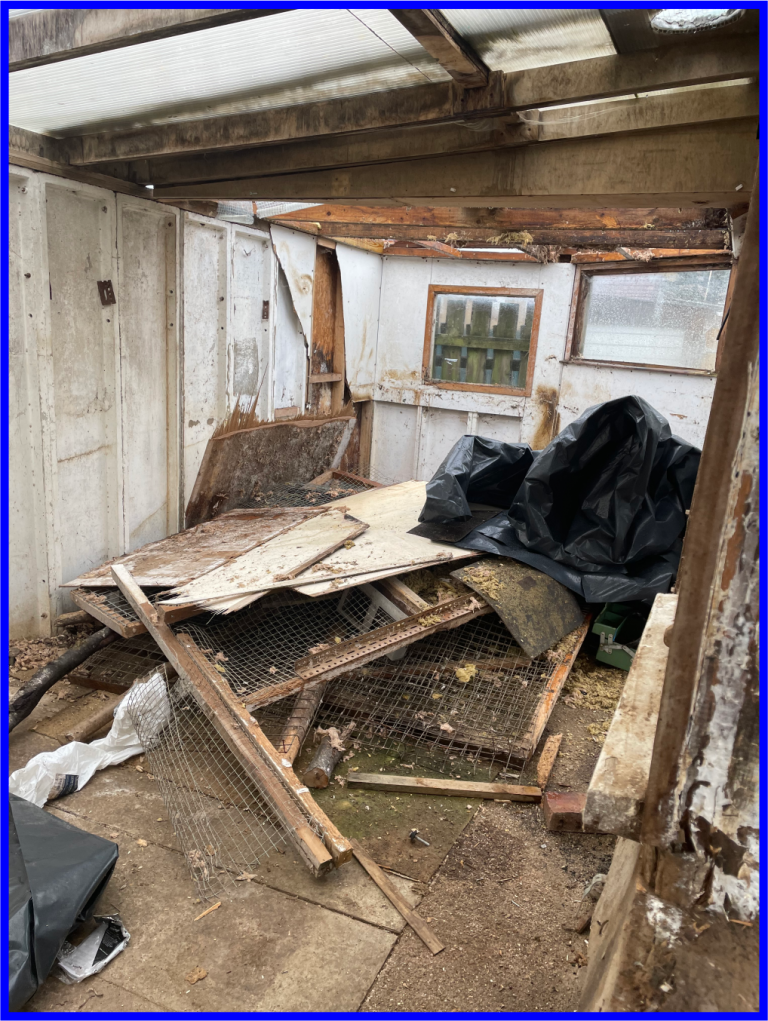
Designated Waste Area
Poor planning and has a knock-on effect with Health & Safety, creating hazards instead of eliminating them during the construction phase leads to an unsafe site.
Not only does the site look untidy gives the company a bad name by not following,
BS 8000-0: Workmanship and Construction:
which is the introduction and general principles standards on site.
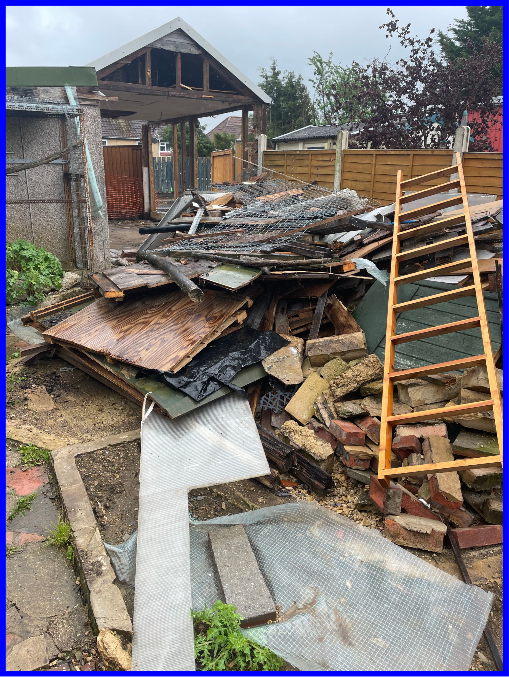
Waste Disposal Issue
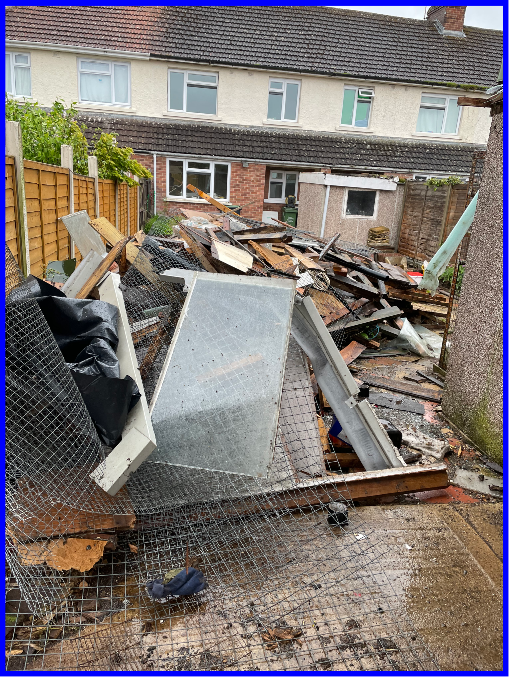
Waste Disposal Issue
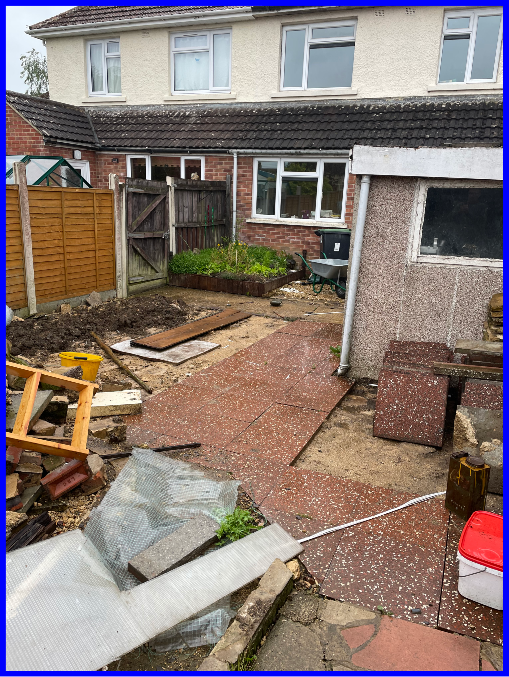
Waste Disposal Issue
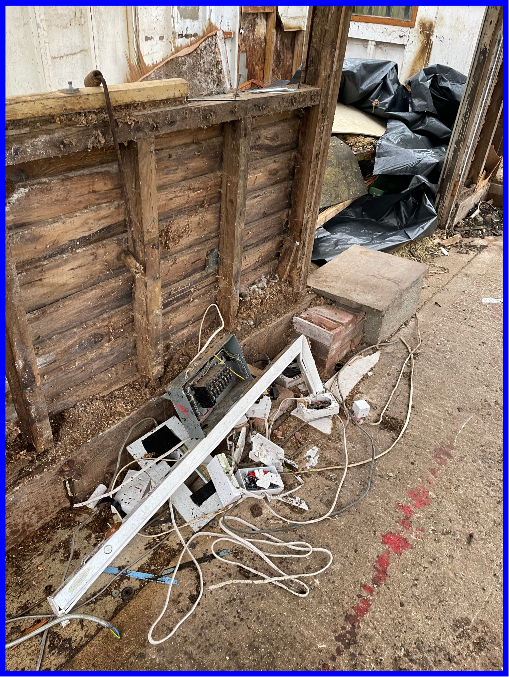
Waste Disposal Issue
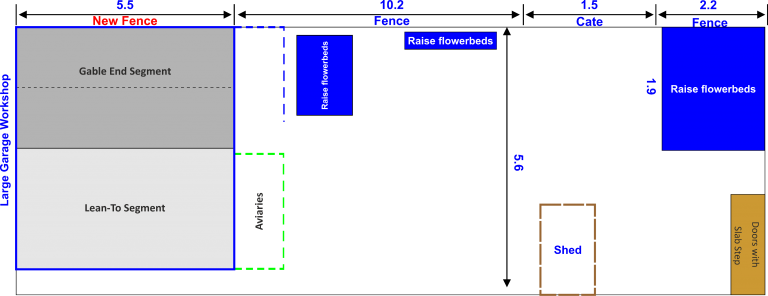
Simple Working Drawings
Simple working drawings can clarify the position of work activities with measurements so there is no misinterpretation, drawings can be done by freehand sketch without the aid of a computer.
Working drawings can be to scale and a series of drawings depends upon the project size and the amount of detail which is required.
If using scale drawings never use a scale ruler to acquire measurements from working drawing, only use the measurements on the drawing and they are only in millimetres.
Check individual measurements in the length of the wall with its overall dimension, any Inaccuracies speak to your supervisor or the site agent.
It is a built-in margin of time into your programme of works allowing for unexpected events during the construction phase.
No matter how good your 6P`s, there is always the unexpected issues leeway time can be added to the end programme of works or built into the construction activities phases.
It is far better in the initial planning phase to allow for leeway time than disappointing the client by going past the initial completion date which can incur issues which will have a knock-on effect for other contractors and client.
Ancient artefacts in the ground.
Asbestos buried in the ground.
Undetected buried services.
The demolition plan of the structure deviated from your demolition plan
All Birds, their Nest and eggs are protected by the Wildlife and Countryside Act 1981.
Contractors not ordering the correct amount, right materials, equipment not adhering to the call off list in the programme of works.
Most recently Covid-19
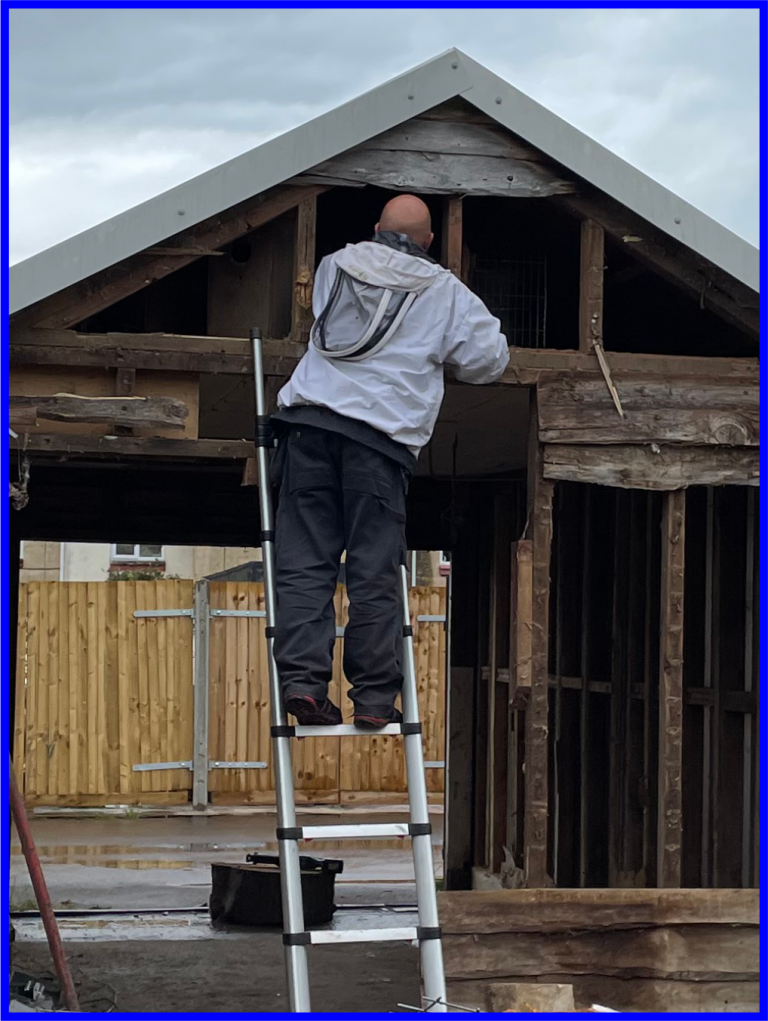
Unexpected Events Bees Nest
Obviously, there are a lot more unexpected events, it may well be that you have to do a dynamic risk assessment.
Failing to do a proper programme of works and all of its associated documentation can cost you a lot of money in downtime, your trade operatives will have to be put onto day rate unless provision was made in their contract documentation.
However big or small the project you need to formulate a plan, this is a series of documentation to help you through the construction project.
Start by creating Project Initiation Document which is normally abbreviated (PID)
· Competent staff in various trades.
· Materials required for the project and a call off list with dates.
· Equipment and plant to hire if needed.
· Outside contractors for specialist works.
· Waste disposal and any additional Health & Safety requirements
· Bill of Quantities
· Working Drawings
· Surveys like, Walkover, Demolition, Hazardous Materials
· RAM`s (Risk Assessment and Method Statements)
Now you have collated your PID documents one of the most important documents is a programme of works which gives you the overview of the whole project.
The programme illustrates a sequence of work activities which gives a good indication of organisational abilities of the company.
A bar chart is drawn up with the individual tasks listed in the left-hand vertical column of the sheet and the horizontal time scale along the top.
When the duration time bars are drawn in they should, as far as possible, follow in close succession to provide continuity of operations; flowing from the top-left hand corner and concluding in the bottom right-hand corner.
A second horizontal bar is shaded in showing the progress of the work and the actual time taken to complete each task.
Bar charts can also be successfully used for short-term weekly or monthly planning.
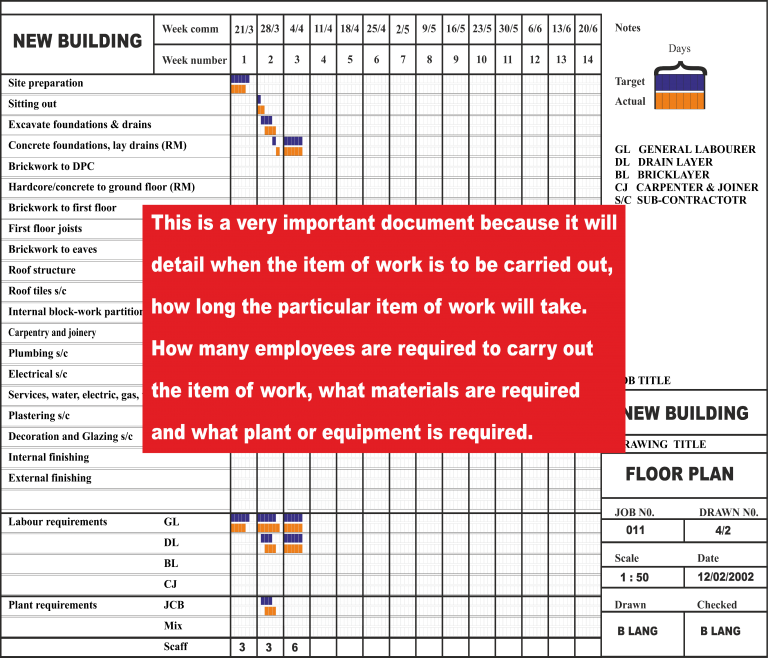
Programme of Works
Specific: Set specific goals for your project such as deadlines for key milestones.
Measurable: Agree on how you will measure success for goals.
For example, is it good enough that you have started laying concrete by the deadline you set, or should it be completely set by that date?
Attainable: You need to have a plan in place for how you’re going to achieve these goals.
For example, does your project depend on a specific material that might not be available at the quantity you need when you need it?
If so, you need to make adjustments.
Realistic: Your goals need to be within your abilities as a construction manager.
For example, if your project includes plans to get the electrical work done within three months when you’ve never done it in less than six months for a project of this size, you’re setting yourself up for failure.
Timely: Lay out a specific time frame in which you can expect—realistically—that you can achieve these goals.
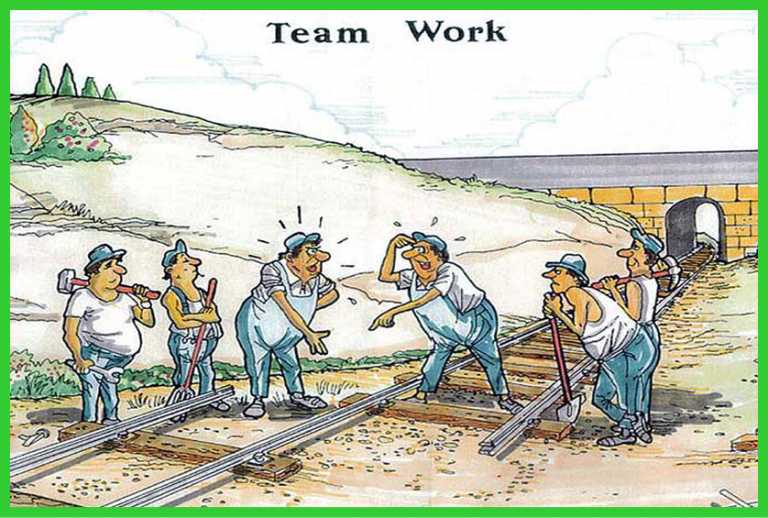
Teamwork
Collaborative: Get everyone on board. Hold a meeting before the project begins with the entire team to lay out what is expected and have them help you identify any possible obstacles.
Limited: Limit these goals both in terms of scope and time frame to not get overwhelmed.
Emotional: Ensure that your goals will get your employees fired up and on board.
Appreciable: Break up big goals into achievable tasks so you don’t overwhelm your workers.
Refinable: Count on having to be flexible, because you can never predict what will happen on a job site.
Before any start of any project site meeting is required to go through the plan and assign responsibilities plus any Health & Safety issues
as the site agent or supervisor you would have already checked they are competent within their trades and give them all the documents relating to the projects like bill of quantities, working drawings and specifications.

Site Foreman
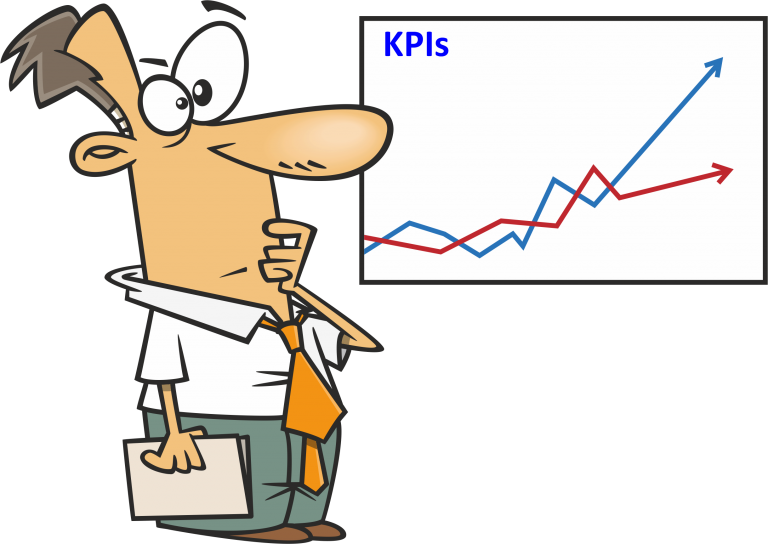
Key Performance Indicator
Accurate tracking of the performance of your chain during the construction project is essential to meet the parameters you have set within your programme.
In the event that you do not meet your keep KPIs (Key Performance Indicator) the data collated will help you to eliminate issues in the future.
Project objectives are you on budget
Project performance did it go smoothly or did you run into some difficulties?
Quality assurance this can be set at key milestones during your project for example, D.P.C. level, wall plate level etc
The final quality assurance is needed for the whole project, you also need to ensure that you have all the costings of all materials and equipment and off hire any equipment.
This is a stage where you can reflect on the whole project and learn from your mistakes or where construction activities have been completed earlier than anticipated.
Keep all construction documents in a safe place for HSE and your resource library.

Completion